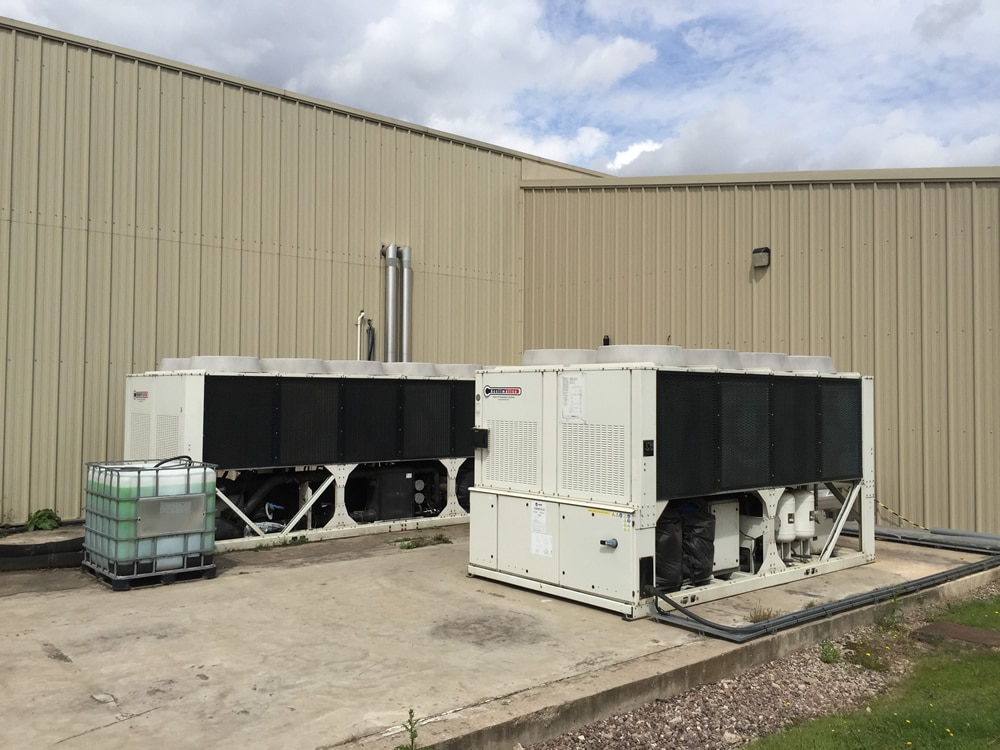Using Downtime to Form a Disaster Recovery Plan

With many organisations still subject to the stringent rules imposed by the government and unable to operate, facilities managers and supervisory staff are looking for ways to use their time in ways that benefit the business. While planning for re-opening is taking centre stage, it is vital that organisation consider the potential faults that could occur at anytime and use this downtime to form a disaster recovery plan, in case their boiler of chiller fails.
What to Consider
Should a temperature disaster occur, getting back up and running as fast as possible is key to continuation and achieving this relies on a well thought out disaster recovery plan. Be it a boiler, chiller, air handler or air conditioning unit, knowing where the key infrastructure is located, what systems are in place and any service history, can help a heating engineer identify and rectify the problem efficiently. Keep a file for each system that provides these details and ensure to include information about typical stock levels, periods of high and low demand and any other factors that could be impacted by a breakdown.
Chiller Considerations
Where chillers are employed, critical temperatures typically need to be maintained in order to prevent stock deterioration. Whether it is food or chemicals, unbalancing the climate could result in expensive losses or even cause dangerous instabilities, directly endangering staff, customers and even the buildings. When it comes to planning for disaster recovery of chiller solutions, ensure you are aware of the power sort, kW’s and critical temperatures necessary so that these can be quickly relayed.
Boiler Recovery
Most business rely on a boiler of some kind to provide heating and hot water as a bare minimum requirement. Disaster recovery for boilers should also include kW’s, power and demand but also a list of processes that rely on the boiler. For example, many factory machines are ‘plumbed in’ and use hot water as part of food production, packaging sealing or steaming and this are temporarily down without the boiler.








